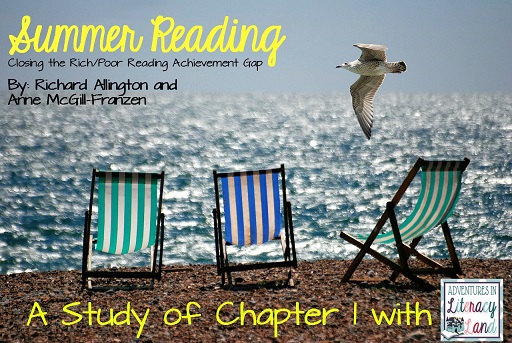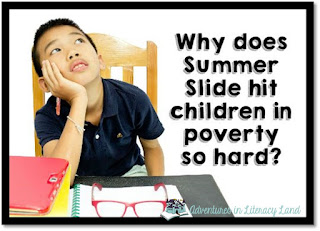Hello and welcome to Adventures in Literacy Land!
It's Pixie Anne from Growing Little Learners here today to share with you an idea to develop skills in
It's Pixie Anne from Growing Little Learners here today to share with you an idea to develop skills in
This month has been manic and school finally ended on July 21st. My class and I kept on working up until the very end and totally deserve our 6 week break!
There was no easing into the holidays for us and we even had a full on formal observation the Wednesday before school ended - not an ideal time as I am sure you can imagine but we just about survived...
We have been working a lot over the last term on our reasoning and questioning skills. I'm a teacher who likes to be in control so I have been training myself to take a step back and hand over more of that control to my little learners and make sure they worker harder in the classroom than I do... I certainly wouldn't say I'm there yet but my class have definitely become more independent and are now doing a lot more of the questioning than they were before and that has got to be a good thing, right?!
One of the activities we have done a few times now (and did for that dreaded observation) to practise these skills is a consensus activity. It only requires a piece of paper and a pencil and next to no preparation but really builds those speaking and listening, reasoning and questioning skills that are so important.
Here's how it works:
Linked to a topic you are studying, you pose a simple question. I did this activity with these questions last term:
What makes a great explorer? (linked to out history topic)
What makes a great artist? (at the start of arts week)
What makes a great sportsperson? (before sports day)
What makes a successful learner? (getting ready for moving on to our new class)
With a large piece of paper with a circle in the middle, each child (groups of 4 work best) silently has a few minutes to jot down all their ideas in a corner of the paper - no rights or wrongs, anything goes!
 |
| What makes a great artist? |
After they have had that time to think and make notes independently, I ring a bell or signal in some way that it's time to share. I find it works well when I appoint a group leader to make sure everyone has a chance to share their ideas and to lead the questioning as needed. I circulate and listen and encourage them to ask each other questions about the choices that have made. This is the time for lots of talk and listening to each other and I often step in to ask different children to tell me what ideas a different group member has shared to make sure they are actively listening at all times!
 |
| What makes a good learner? |
Once the group have had a chance to chat and share all their ideas I tell them they have to decide on the 4 most important ideas and write those in the circle in the middle of the page. This is the part that really forces them to question each other, justify their ideas (if they want them in the circle) and work as a team.
Once this is done you can go a step further and ask them to rank these 1-4 or just have each group share their ideas with the class.
It was at this point that I introduced a hand signal to the class (which we have since used in all lessons) to distinguish between those who just want to share an idea, and those who have listened carefully and have a question for the person who just shared e.g. Can you tell us a bit more about why being brave is so important? Can you think of an example when an explorer might need to be especially fit and strong? Do you think being well prepared is more important than being healthy?
I was so impressed with the questions my 6 and 7 year olds were asking each other! After just a little modelling, they really embraced it and I was proud of the dialogue happening in my classroom!
There are lots of ways to carry on - having a class survey on which is the most important and creating graphs or moving the speaking and listening into a writing activity and writing persuasively.
Another great thing about this type of activity is how it cuts down on teacher talk time. The lesson I did on successful learners was 80:20 led by the class. The consensus activity formed the input of the lessons - no lecture from me! They then wrote letters to the new teacher telling them what they thought would make them great learners in their new class. At the end they gave each other feedback on the letters written and we discussed any further ideas. I just facilitated and encouraged and gave a nudge in the right direction as needed.
I am sure there are lots of other ways you could use this activity, especially with older children and I would love to hear your ideas so please leave a comment below!
That's all for today - I hope you're enjoying your break no matter what stage of it you are in!







































